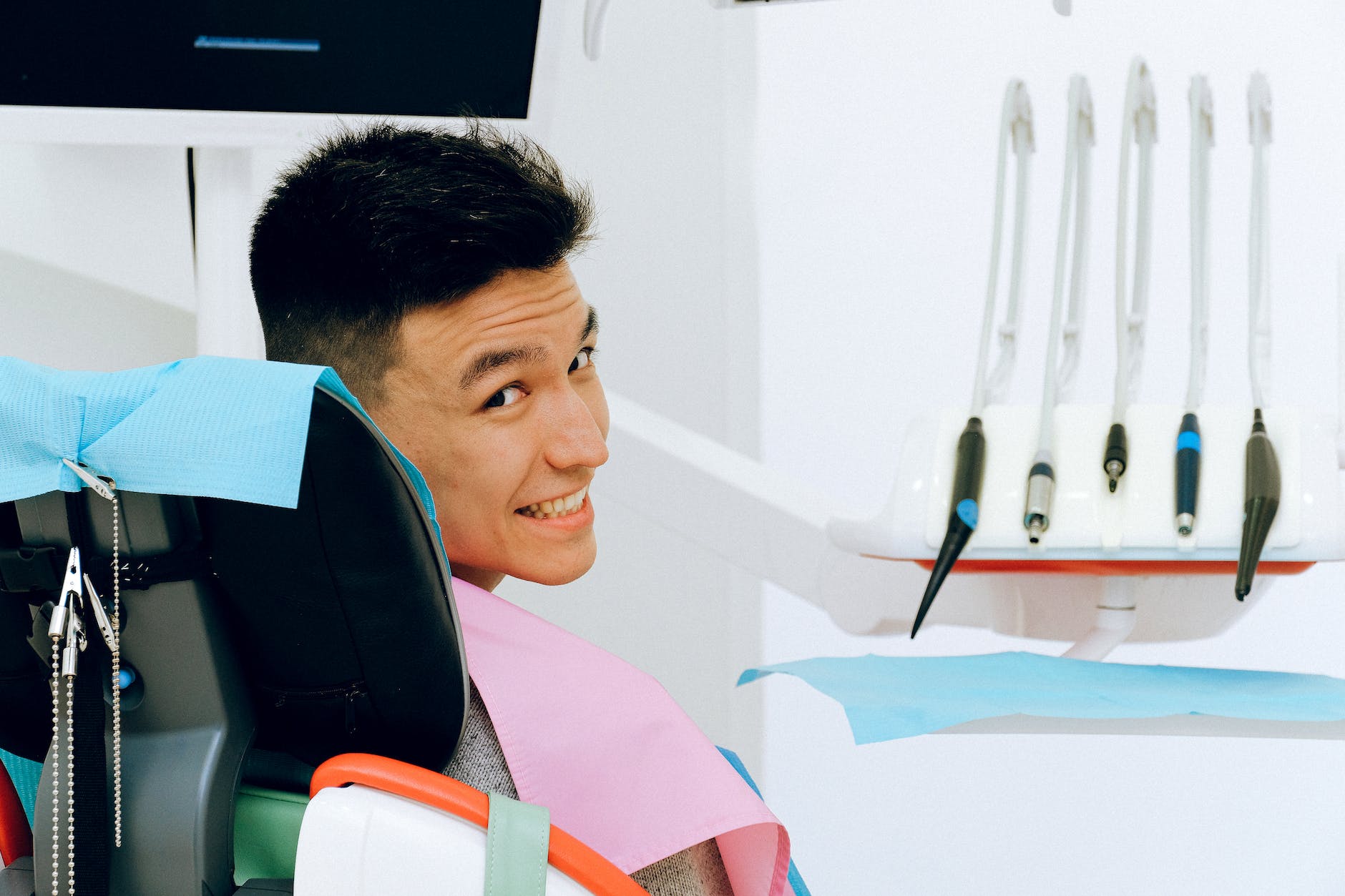
Dentistry
Pediatric dentistry plays a critical role in a child’s overall health and development. It is more than just the alignment of teeth, cavity prevention, and repair; it is about fostering a positive relationship between children and dentistry, setting the stage for oral care habits that last a lifetime. However, dental clinics can often be a source of anxiety and fear for many children. This aversion can lead to a reluctance in attending regular dental checkups, which can have damaging long-term effects on a child’s oral health. To mitigate this fear, the idea of ‘kid-friendly zones’ in dental clinics is gaining substantial popularity. These zones are specially designed to be warm, inviting, and fun, making dental visits less frightening for children.
The Need for Kid-Friendly Pediatric Dental Spaces
The innate fear of dental clinics among children is a well-documented phenomenon. Various studies indicate that a significant portion of children demonstrate anxiety and fear towards dental procedures, leading to avoidance of dental care and potential impairment of their oral health. The design and feel of the clinic can play an integral role in shaping children’s perceptions of dental care. Creating a kid-friendly pediatric dental space is an effective strategy to combat this fear. A dental office space that is designed to be welcoming, engaging, and entertaining shifts the focus away from the intimidating dental procedures. By creating a place where they feel safe and at ease, children are able to associate dental visits with an exciting, positive experience, thereby promoting better dental health in the long term.
Designing a Kid-Friendly Dental Environment
One key principle of designing a comfortable dental office space is the strategic use of colors. Bright, cheerful colors and decor elements that appeal to children can dramatically shift their perception of a dental clinic. Whether it’s whimsical wall murals, colorful furniture, or fun lighting fixtures, these elements can turn the clinic environment into a happy space. Beyond just aesthetics, the choice of color and décor can also influence a child’s mood and mindset, helping to reduce their anxiety levels.
Incorporating elements that children relate to, such as cartoons, toys, or interactive play areas, also plays a significant role in making dental clinics kid-friendly. Children resonate well with the familiar; hence, seeing their favorite cartoons or toys in an unfamiliar environment can help them relate and adjust quicker to the space. The layout plan needs to be designed with a child’s perspective and movement patterns in mind. One example being low heights for seating and wash basins, easy-to-reach play areas, and open floor plans to foster feelings of comfort and ease among children.
The Role of Parents in Pediatric Dentistry
At the end of the day, an office can only be so inviting and interactive. Parents play a decisive role in a child’s dental health journey, right from inculcating good oral hygiene habits to making dental visits less intimidating. Their involvement makes a significant difference in a child’s perception of dental clinics and can influence how well their child responds to dental treatments. Parents can reinforce the engaging and entertaining atmosphere that kid-friendly dental spaces aim to create by nurturing a positive outlook towards dental visits. By actively participating in dentist visits, they can further mitigate any apprehensions their child might have.
Dentists should also educate parents and equip them with techniques to maintain a friendly and inviting atmosphere at home. This bridges the gap between the dental clinic and home environment, ensuring the child feels the continuity of care and comfort. Providing parents with tips to prepare their children before dental visits and care for them after can go a long way in enhancing the dental experience for children.
The advent of kid-friendly zones in pediatric dentistry marks a critical shift in the approach towards children’s dental health. More than just a decorative intervention, these zones are designed to alter the perception and experience of dental visits for children.Their impact can be seen in reduced dental anxiety, improved willingness to attend regular dental check-ups, and overall improved dental health among children. The creation of these zones reflects an understanding and acknowledgment of a child’s perspective and needs, making pediatric dentistry more accessible and less intimidating. As more and more dental clinics embrace this approach, it is hoped that the narrative around children’s dental visits will change from fear and dread to anticipation and excitement. Dentists, parents, and indeed society as a whole have an essential role to play in sustaining and promoting this beneficial change. Hence, the call to action is for every stakeholder in a child’s dental journey to consider and value the positive impact of these kid-friendly zones.






